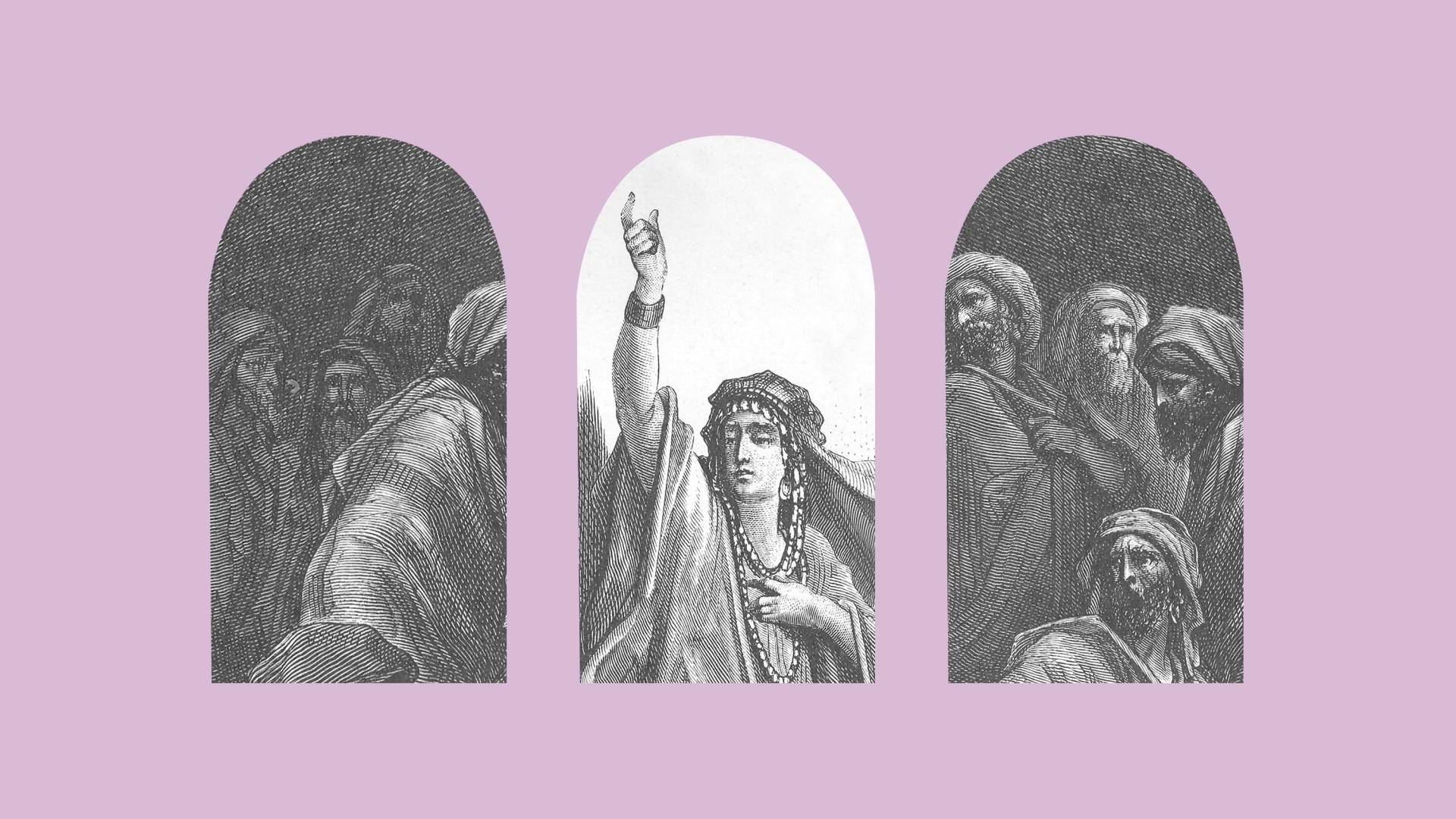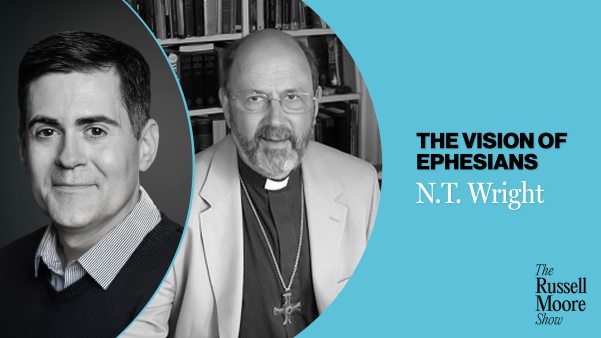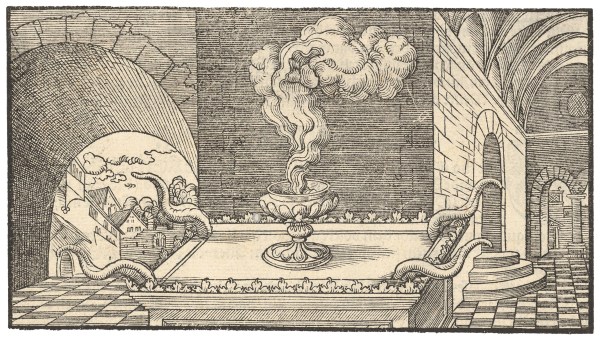In 2021, Southern Baptist Theological Seminary president Albert Mohler reaffirmed his denomination’s stance against women in the pulpit. Mohler’s May 10 daily “briefing” quoted from the Baptist Faith and Message 2000, a statement that declares the following: “While both men and women are gifted for service in the church, the office of pastor/elder/overseer is limited to men as qualified by Scripture.”
His remarks came in response to the heated conversation swirling around Saddleback Church’s decision to ordain three female pastors. The Southern Baptist Convention (SBC) opposed this move decisively, voting in 2023 to remove Saddleback from the convention after deciding it was not in “friendly cooperation.”
Because of the convention’s size and influence, Southern Baptist theology and policies shape debates on women’s roles across the broader evangelical landscape. As a case in point, consider the mid-1980s triumph of the “conservative resurgence” within the SBC, which gave momentum to a pair of related ideas: that women can serve God in many ways but not in authority over men, and that it’s always been this way.
Baylor University history professor Beth Allison Barr wants to overturn this narrative, and as a historian she naturally looks to the past for evidence. In her latest book, Becoming the Pastor’s Wife: How Marriage Replaced Ordination as a Woman’s Path to Ministry, she illuminates the current SBC teaching—shared by much of the American evangelical movement—that women cannot serve as spiritual authorities. Barr sets this assertion against the backdrop of church history, which shows women indeed have held authoritative public positions in the church.
Barr, already well-known for her 2020 book The Making of Biblical Womanhood, is herself a Baptist pastor’s wife. She agrees that pastors’ wives can exercise positive influence on their husbands’ churches and that this role can offer a valid pathway for women to use their gifts in ministry.
In Becoming the Pastor’s Wife, however, Barr pairs her own experience with archival evidence to argue that evangelical ministry wives have lacked true authority even as they performed various leadership tasks. Any influence they have wielded has been contingent on their husbands’ authority.
Yet as a historian of the Middle Ages, Barr knew that her lived experience clashed with past reality. The struggle of many pastors’ wives to fit within the constraints of complementarian theology was unnecessary—and unsupported by history. During the first thousand years of the church, women routinely served in leadership positions based on their own calls to ministry.
But the opportunities dwindled. When the Protestant Reformers eliminated nuns and introduced the office of pastor, which came with permission for clergymen to marry, the role of pastor’s wife developed as an unofficial but influential position for women. Emphasizing what women could do in that informal role also provided a cover for prohibiting women from serving in formal positions of authority alongside men, Barr argues.
Besides boasting historical expertise, Barr knows her Bible well, and she begins her latest book by wondering why all the apostles’ wives—who obviously exist (1 Cor. 9:5)—never appear in the biblical text. Barr writes, “Given the amount of emphasis placed on ‘biblical’ womanhood in complementarian spaces (what women did or didn’t do in the biblical text dictates what women should or shouldn’t do in the modern church), it strikes me as odd that a role with such tenuous biblical evidence has become the primary role highlighted for women.”
Ironically, the New Testament offers plenty of evidence of what women were doing in response to their call to God’s service. Barr cites New Testament women such as the Bible teacher Priscilla, the apostle Junia, the deacon Phoebe, and the apostle Philip’s four daughters, who were known and approved as prophets (Acts 21:9). In each of those roles, Barr points out, women were celebrated by the biblical authors for serving as spiritual leaders in the church.
Barr’s robust historical knowledge shines through as she introduces readers to dozens of female leaders from the early and medieval church periods. Abbesses, deacons, evangelists, and preachers who were appointed and ordained to serve the church in public ministry fill her pages. Through art, inscriptions, and documents, she references presbyters, martyrs, and other female clergy members. The monastic movement produced powerful abbesses and nuns, like Hildegard of Bingen, who went on a pope-sanctioned preaching tour through Europe. Barr’s seeming favorite, an English abbess named Milburga of Mercia, ruled over a “double monastery,” in which monks and nuns lived together.
Barr notes that highlighting prominent women as proof that the church did ordain and authorize them to lead may cause readers to think of those women as extraordinary. And that would be a mistake, as she sees it. “Describing women as extraordinary is often a subtle way of reinforcing patriarchy,” she writes. If Old Testament judges like Deborah, New Testament teachers like Priscilla, or medieval leaders like Hildegard led God’s people due to extraordinary circumstances, then male rule remains normative.
No, Barr asserts, these women were not outliers; rather, the female leaders of the church’s first millennium were ordinary women called by God to serve his people through leadership. And that’s what makes them such powerful inspirations today. If God called regular women to lead in the past, why would he not do so now?
Ordination, of course, remains one of the sticking points for churches that limit women’s participation in leadership. But Barr offers helpful context: “For the first thousand years of Western church history, ordination tied a particular function (think pastoring) to a particular office (bishop, priest, deacon, abbess, etc.). While ordination could include administering the sacrament, it didn’t have to.”
But around 1100, church leaders modified the definition of ordination, connecting it more directly with sacred authority, including the ability to preside over the sacraments. Within another 200 years, the path to priesthood had become limited to ordained men.
After the Protestant Reformation, pastors abandoned Catholic sacramental practices but retained the hierarchical structure of all-male spiritual authority. Ordination remained a confirmation of God’s call upon men, because only men, it was argued, could have spiritual authority. Protestant women were left with little more than marriage as a means to spiritual influence.
When Protestant pastors began marrying, the role of pastor’s wife was born. Early on, these pastor couples modeled a variety of approaches. Some former nuns married former monks, both using their theological training to minister together (think Martin Luther and Katharina von Bora). Some wives continued their work independent of their husbands’ pastoral careers. It took centuries for the “traditional” pastor’s wife model to become the norm. And ordination, having been redefined from its original meaning, remained out of reach for most women.
Readers from faith traditions outside the SBC may be tempted to view Barr’s emphasis on SBC personalities, theology, and controversies as a mere family squabble. But the extensive reach of Southern Baptist ecclesiology and theology tends to leave an imprint upon the entire evangelical movement. When SBC leaders declare that women have never preached, taught, or led in their churches, other groups take that message to heart, concluding that it’s not biblical for women to hold spiritual authority.
But Barr’s research extends beyond the precedents set by early and medieval churches. In fact, she uncovers evidence within the SBC’s own archives that contradicts the denomination’s claims. It hasn’t always been this way, the records show.
Barr introduces readers to ordained women, female missionaries who pastored churches abroad, and female professors hired to teach the Bible at Baptist seminaries. She tells of women seeking ordination who were encouraged to find pastors to marry. We learn that women were affirmed at the Southern Baptists’ 1983 convention for their “labor for the Lord and the churches in places of special service to which God has called them.” Only one year later, Barr noted, the convention declared that God barred women from pastoral leadership “to preserve a submission God requires because the man was first in creation and the woman was first in the Edenic fall.” We meet influential wives, married to men in power, who worked to suppress other women from pursuing leadership positions.
We also meet pastor’s wives who paid a high price in a culture that promoted and protected men. The #MeToo movement exposed the SBC’s penchant for protecting pastors accused of sexual abuse. In her latter chapters, Barr lays out a dark story of serial sexual abuse left unchecked and justice denied to victims.
Barr is careful not to condemn the SBC comprehensively. To the contrary, she looks for positive examples of women being respected and honored. And refreshingly, she points to the Black church as a model for encouraging pastors’ wives to pursue their own callings. But Barr is unafraid of telling the hard stories, because the truth is what can set us free.
In the end, Barr tells a fascinating, engaging story of our common faith heritage—which means that Becoming the Pastor’s Wife, despite its title, is hardly a book for women alone. Nor is it just for pastors and their wives. Any evangelical reader can reckon with and profit from its perspective on the church’s past and present.
Evangelicals of goodwill can reach different conclusions about women and their place in Christian ministry. But intellectual honesty requires acknowledging what actually happened in the past. Church history offers a panoramic view that transcends the narrow scope of any one denominational tradition. And history shines a light on current thoughts and practices, inviting us as believers to examine our prejudices.
Contrary to a common telling of church history, for the past 2,000 years, “pastor” has not always been an office, and “pastoring” has not been the sole purview of men. In case there’s any doubt, Becoming the Pastor’s Wife has produced the historical receipts.
Kelley Mathews earned her Master of Theology degree from Dallas Theological Seminary. A writer, editor, and New Testament doctoral student, she is also coauthor of 40 Questions About Women in Ministry.

















